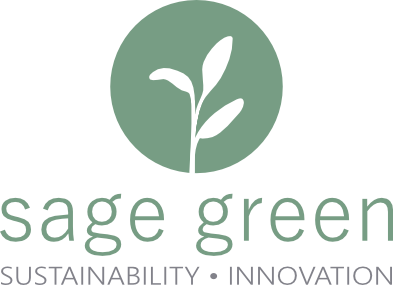
Sustainability issues bring new opportunities as well as risks.
Maybe your waste stream might be more valuable than you thought, or money could be saved with different use of resources. Being ahead of competition in this field can also be beneficial for your reputation.
The risks are more obvious than ever before. High prices and new legislation due to climate change related catastrophes, exhaustion of soil and resources are likely to impact every business.
Probably, you knew all that.
With this 6-step approach, based on the Yale School of Management method, we will define the risks and opportunities, prioritize them and plan what to do about them.
Specifically for your unique situation.

Maybe some actions are underway already, or you might be right at the beginning.
Let’s evaluate where you are and what your competitors do as the first step

Sustainability has a broad spectrum. What you should focus on is highly dependent on your stakeholders.
Employees, customers, regulatory bodies and local environmental protection parties all have their own expectations of your business.
Do you already know what they are?

Not all issues nor stakeholders are equally important to every business.
By taking a structured approach to assess the issues most important to your stakeholders, prioritization within the spectrum of sustainability becomes feasible.
Time to find out what your business should be focussing on

Now that we know which issues are material to your particular business, a plan can made to address them.
Which are risk that need mitigation and which are opportunities waiting to be grasped?

It’s always good to have a plan, but how do we know if the goal is comming closer?
In this step, it’s all about implementing measures and key performance indicators that make progress tangible.

Although sustainability action is great when you don’t talk about it, chances are that you want or need to at some point. For instance because of (new) legislation.
How to disclose sustainability information according to international standards?
How to plan internal and external communication?
